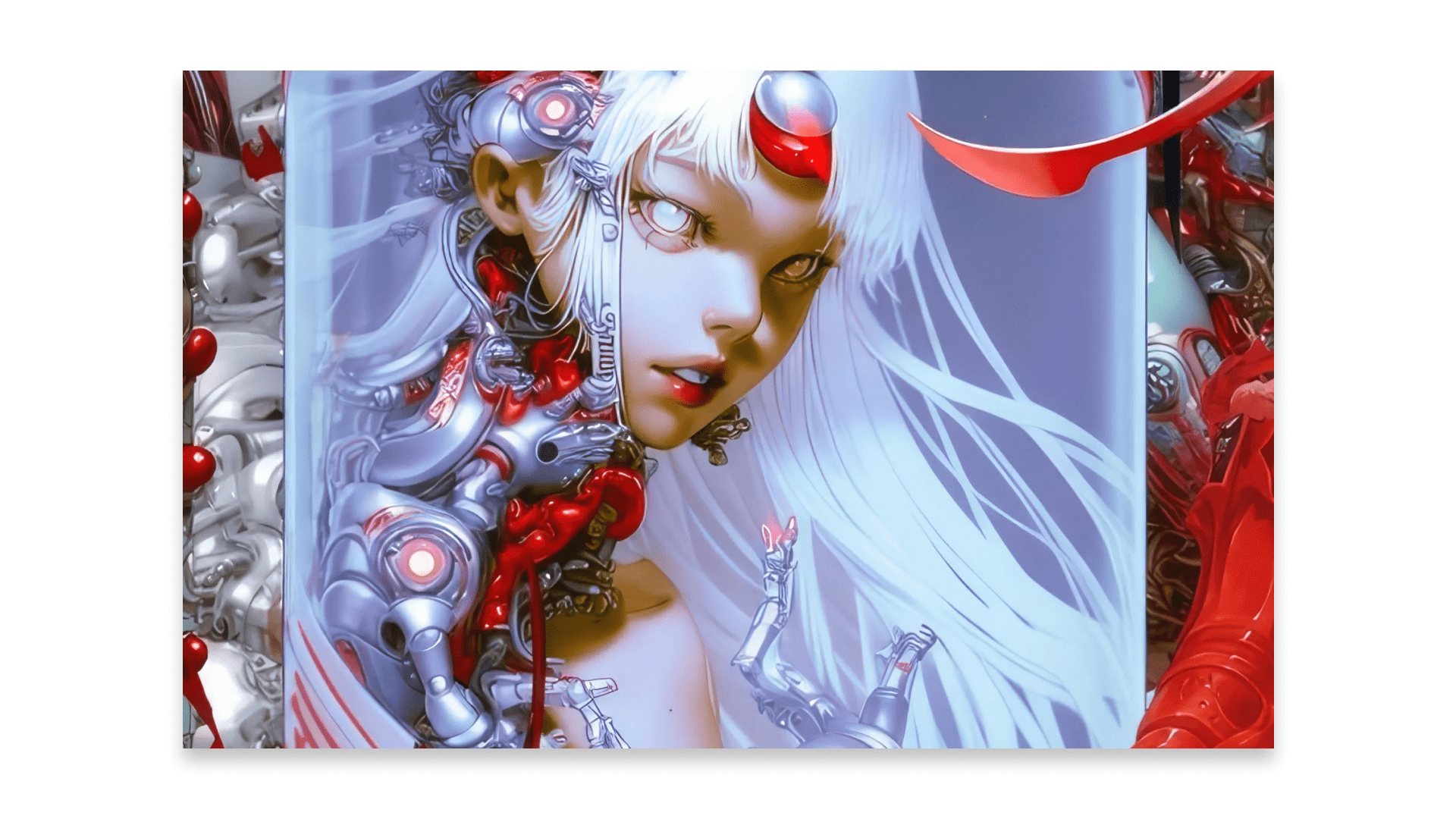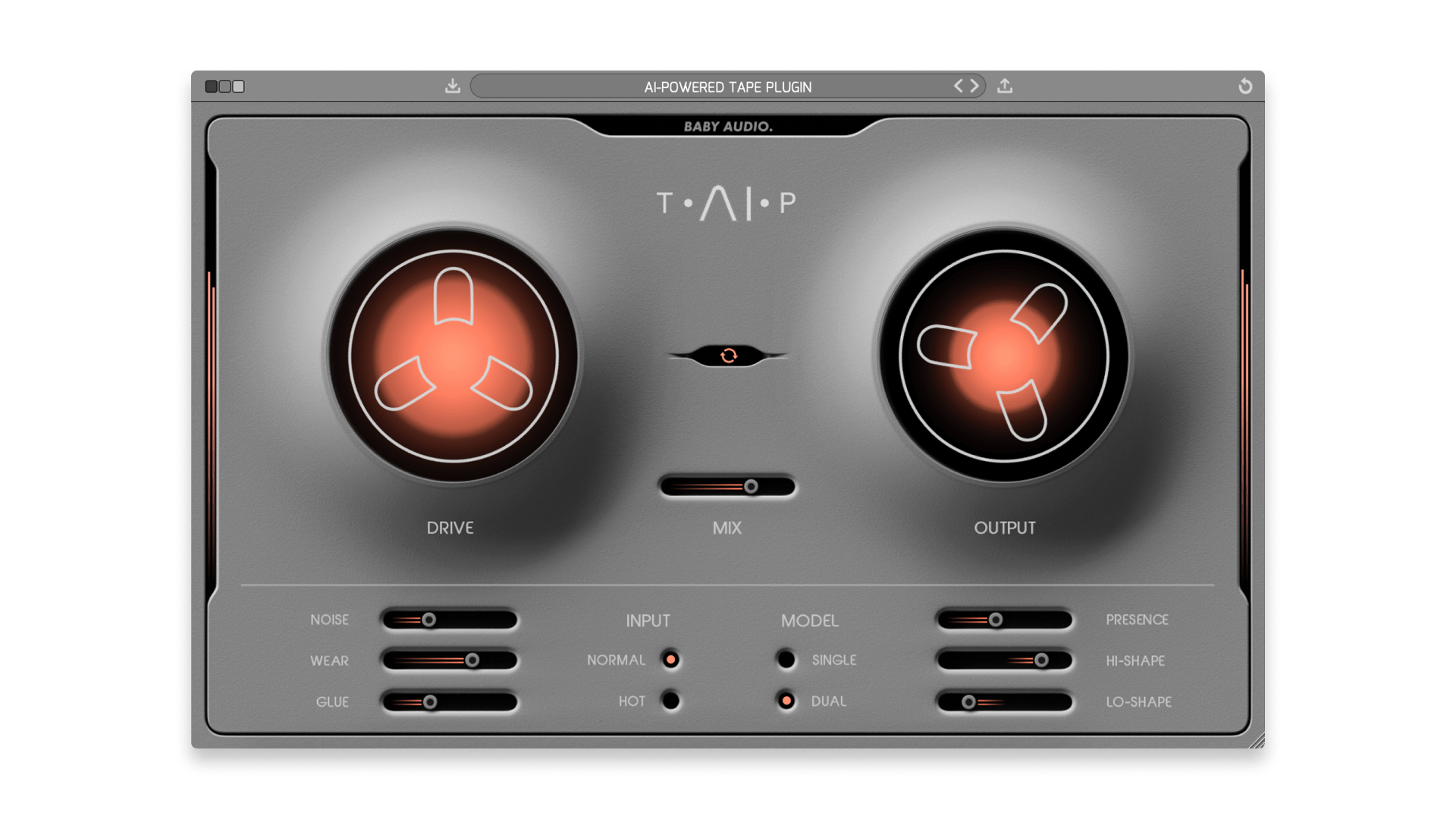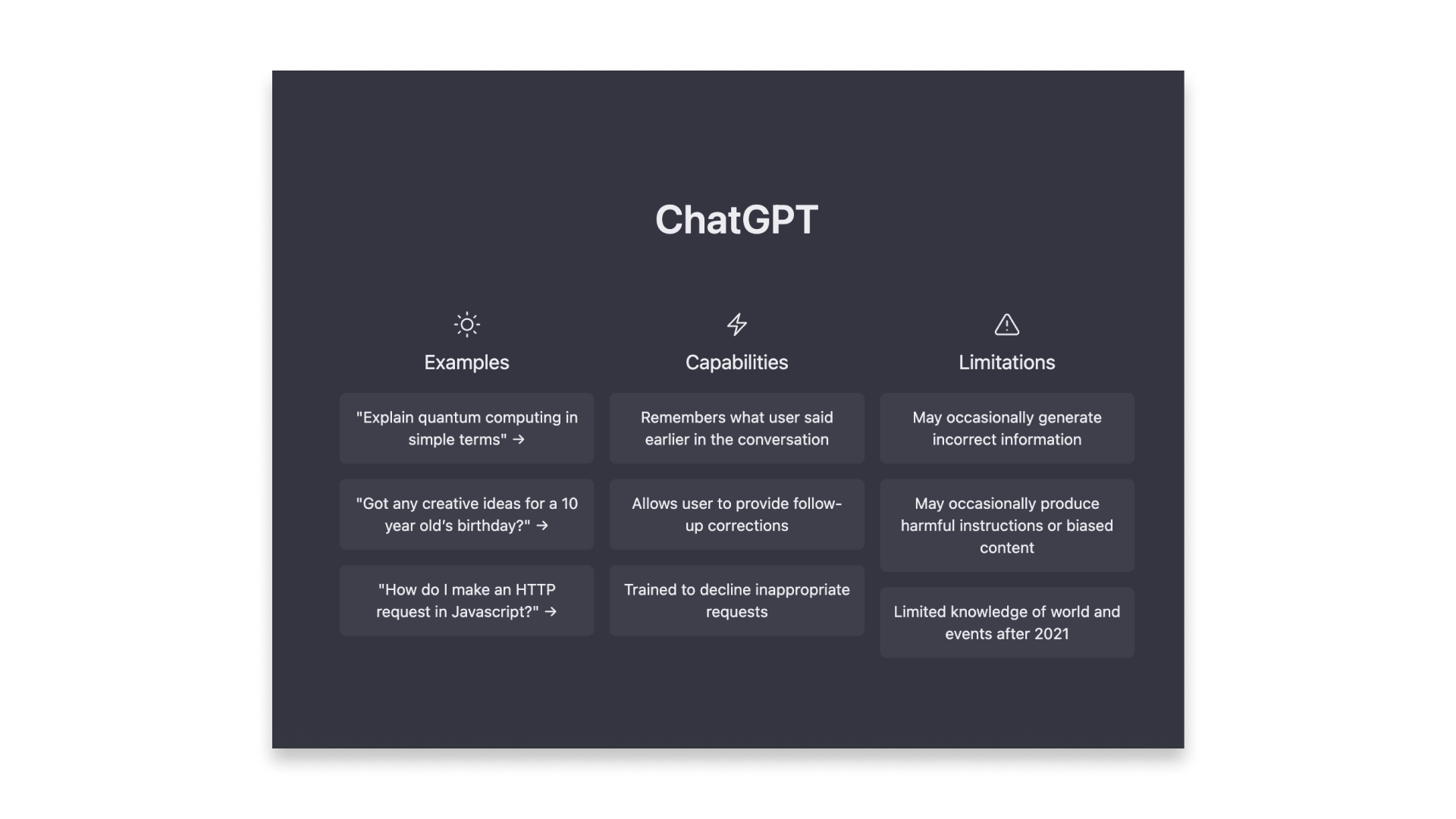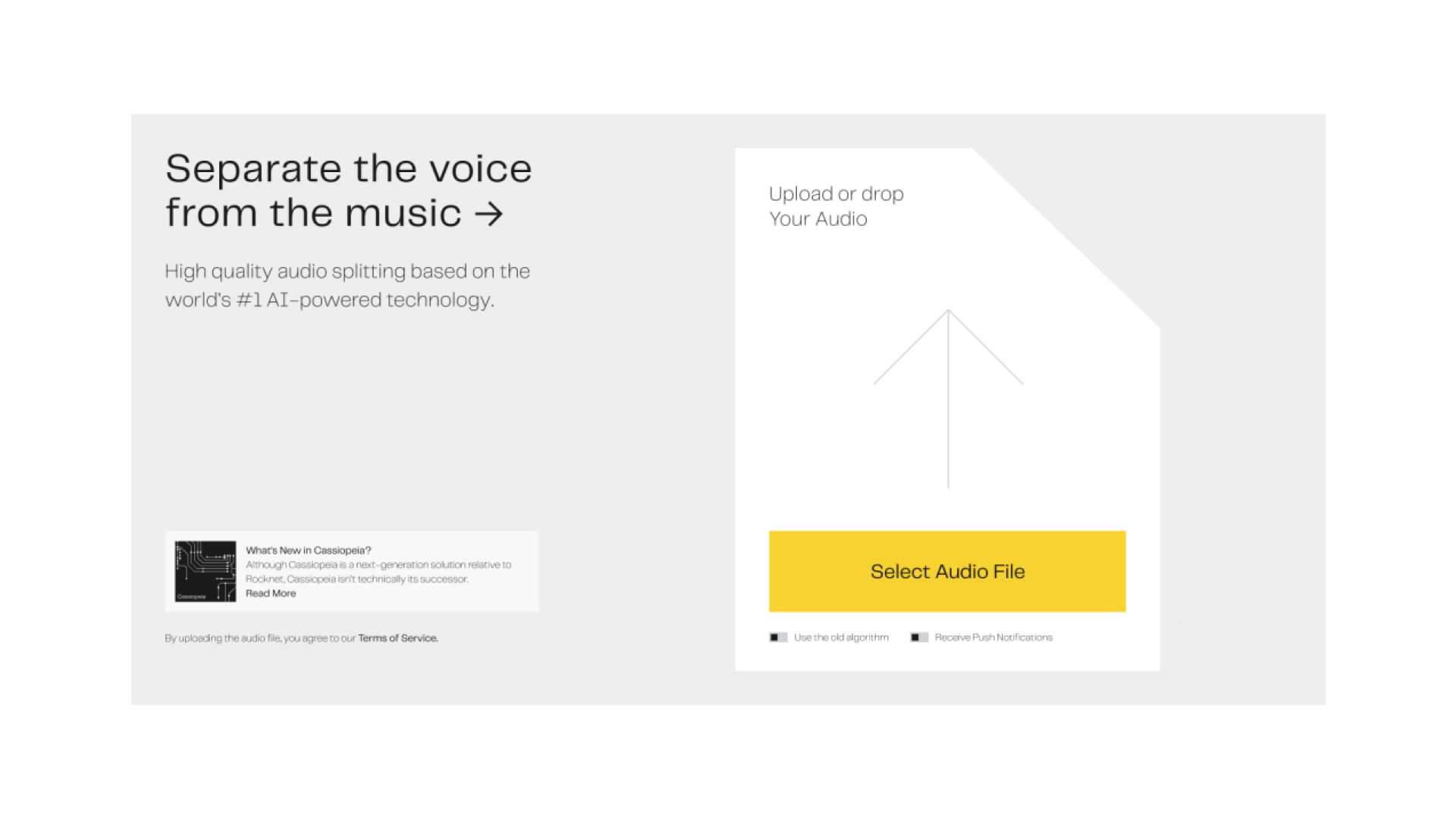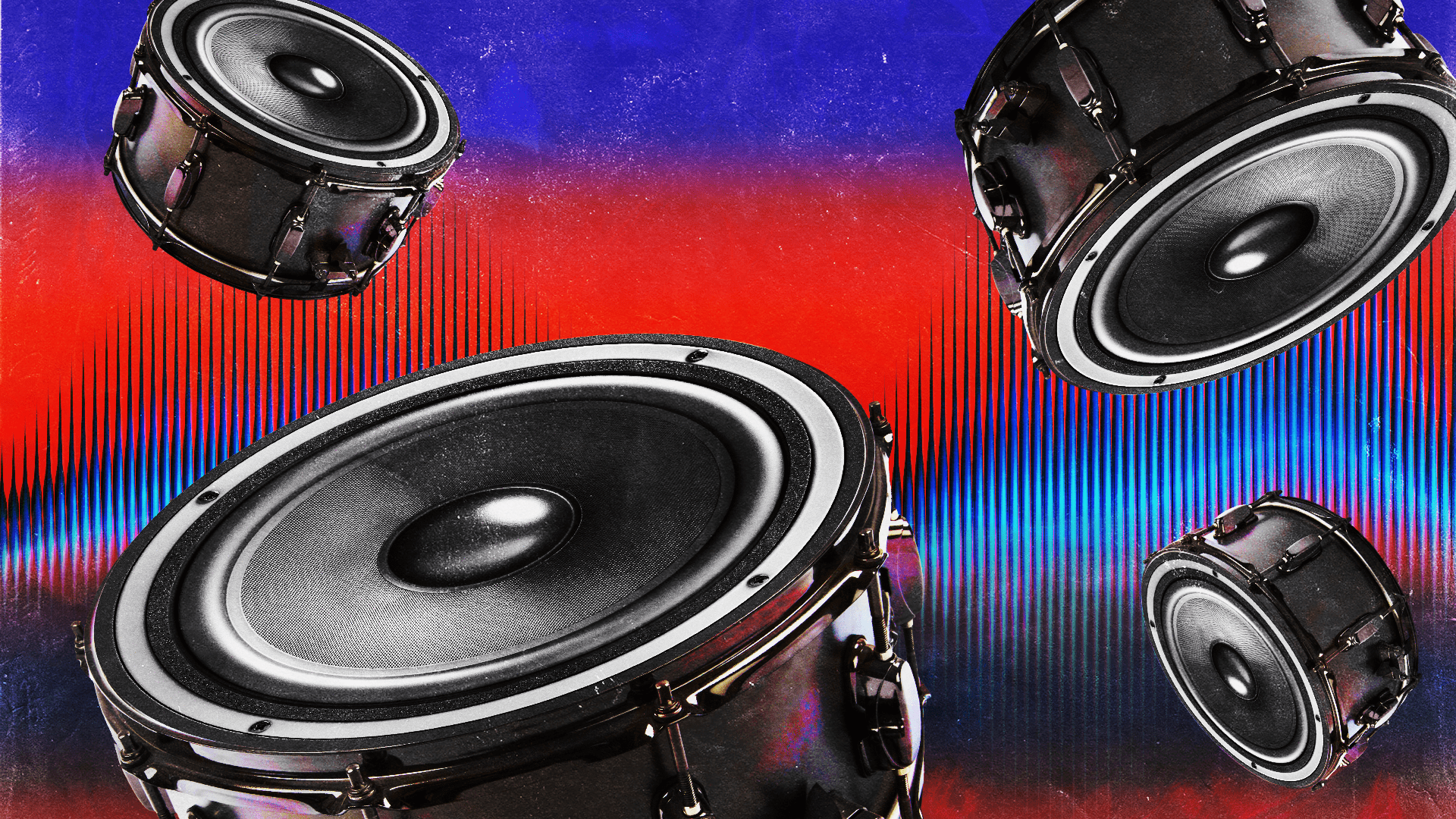
The 6 Best AI Tools for Music Production in 2025
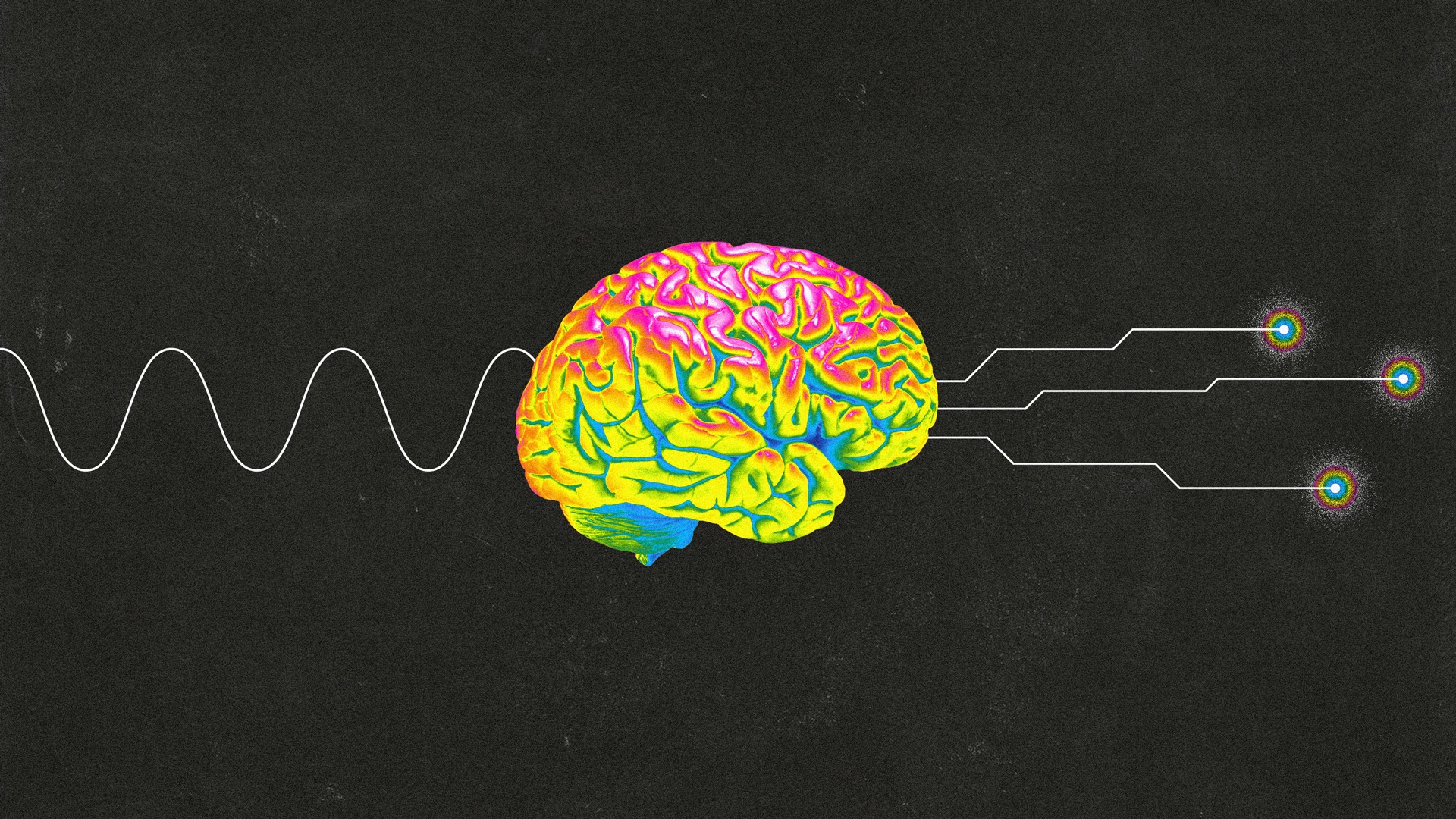
AI is changing everything right now.
With the explosion of tools like ChatGPT, DALL-E and Midjourney, many creators are wondering what’s around the corner for AI in music production.
But the future is already here. In fact, there are dozens of powerful AI tools currently available for musicians.
With so much out there to try, it can seem daunting to find music AI apps that are worth your time.
In this article, I’ll break down the top choices to start using AI in your music production workflow right now.
From DAW plugins to futuristic vocals, mastering and more, here are the best applications of AI in music tech.
Let’s get started.
1. LANDR Mastering
We’re a little biased when it comes to our own history with AI, but LANDR’s instant mastering was one of the original applications of advanced machine learning in music production.
Our Synapse mastering engine uses powerful AI to analyze the audio features of your track.
Based on what it learns, the engine custom builds a mastering chain for a completely personalized result every time.
The Synapse engine is constantly being tweaked and refined by human engineers. It also responds to your feedback with Mastering Revisions.
If you haven’t already, try LANDR Mastering to get the best of human and AI talent working together.
2. Grimes Elf.tech
Grimes is an artist known for her forward thinking, futurist attitude.
In keeping with her embrace of new technologies, the Canadian singer has created a digital likeness of her voice that can be used by anyone to create new music.
The technology is based on AI techniques like those used to create the artificial voices of Drake and The Weeknd on the viral track “Heart on My Sleeve.”
But this time, the tool is officially sanctioned by the artist via a generous licensing scheme.
The debate over impersonation via AI music tools is likely to continue, but at least some artists seem ready to embrace the positive side.
Elf.tech builds on the work of Holly Herndon’s Holly+ that pioneered a positive stance toward AI generated vocal likeness.
3. Baby Audio TAIP
Analog tape has magical qualities for music production. But it’s notoriously tough to emulate with VST plugins.
Traditional approaches have used signal processing techniques to estimate how analog components might react to incoming sound.
But Baby Audio’s TAIP takes a different tack. It uses neural networks to accurately decipher the sonic characteristics that make a tape machine sound like it does.
By training the algorithm on data containing dry and processed audio, it can learn to identify the exact sonic features that make up the difference.
4. LANDR ReHance
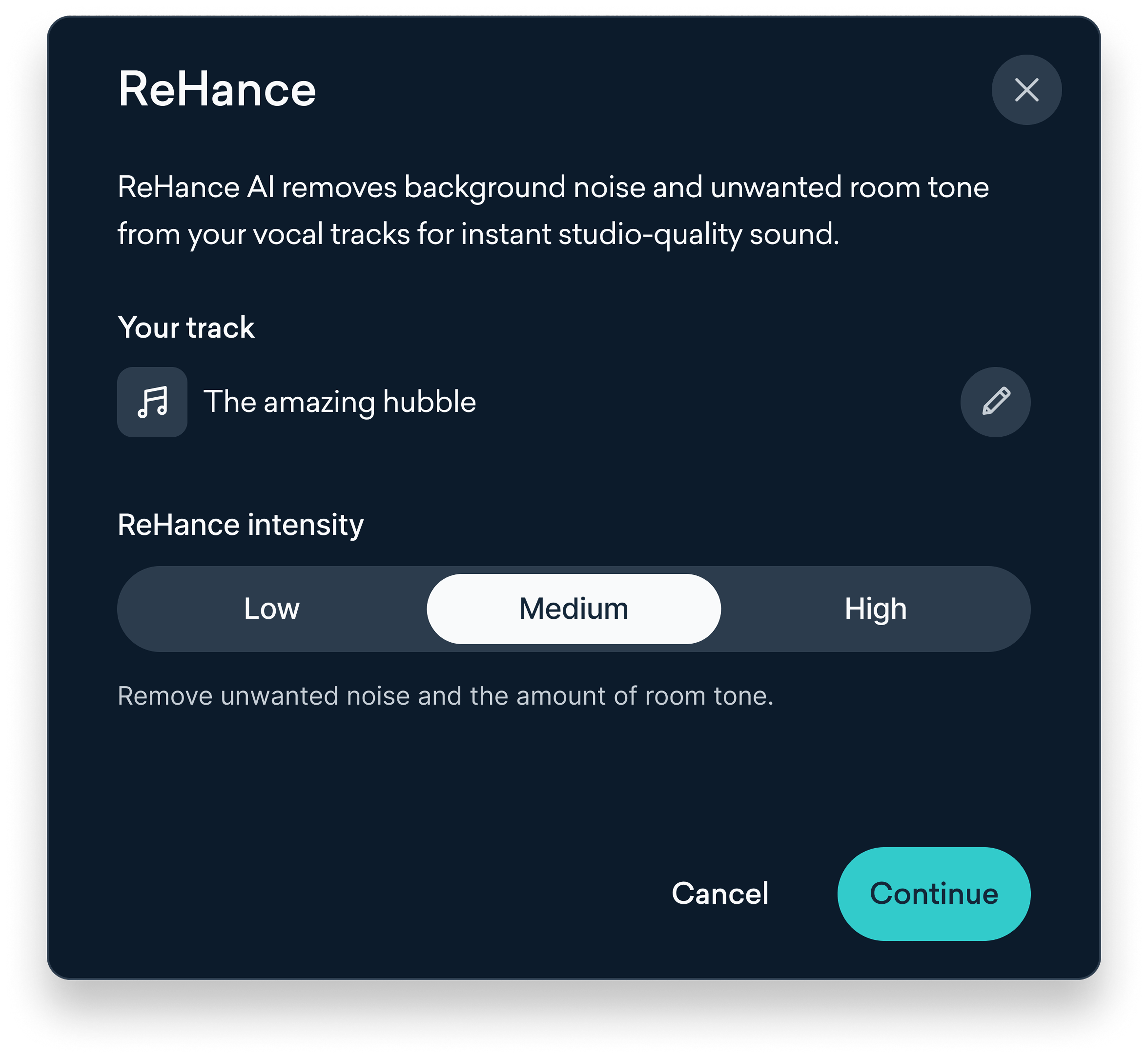
LANDR ReHance is an amazing tool for cleaning up vocal recordings.
If you’ve ever stressed about recording vocals in a echoey room, with a loud band or without a pop filter, ReHance is the perfect tools to clean up, restore and enhance vocal audio recordings.
ReHance uses powerful AI software to remove unwanted background noise, reverb, instrument bleed, clipping, plosives and more.
So if you’re working with a vocal recording that wasn’t recorded perfectly, ReHance can get rid of any unwanted noises and produce a dry, studio-sounding vocal.
5. ChatGPT
Of course, the original app that put AI in the spotlight is still one of the best tools to use in any creative situation.
ChatGPT can write lyrics, devise songwriting prompts, give you creative advice and more.
Even if you don’t use its output directly in your musical work, you can still ask any questions you might need answered to get unstuck.
You can even get thoughtful encouragement if you need a pep talk to power through!
6. LALAL.AI Voice separation
Separating vocals from a dense instrumental texture has always been a unique challenge.
After all, a cappella tracks are in high demand for all kinds of applications in music production.
But previous technologies for removing vocals haven’t been met with much enthusiasm from producers.
That’s all set to chance with LALAL’s AI music tool.
The company’s proprietary technology uses sophisticated AI techniques for the cleanest separation of tracks into stems.
If you’ve ever needed vocal a capellas or instrumental versions and you don’t have the original DAW sessions to export new files, LALAL will be a lifesaver!
The future of AI in music production technology
AI is making its way into more of our lives every day.
If the trend continues, it won’t be long until AI-powered music tools are part of every producer’s workflow.
With so much powerful new tech on the way, it’s exciting to see what the future has in store.
Try any of the tools on this list to get started with AI in music tech.
Gear guides, tips, tutorials, inspiration and more—delivered weekly.
Keep up with the LANDR Blog.



